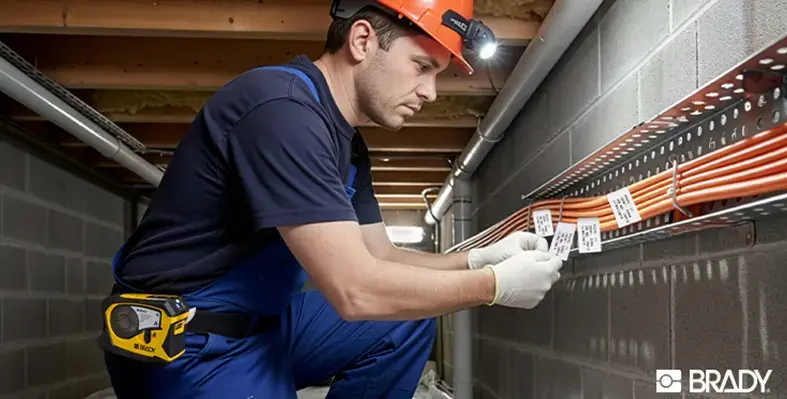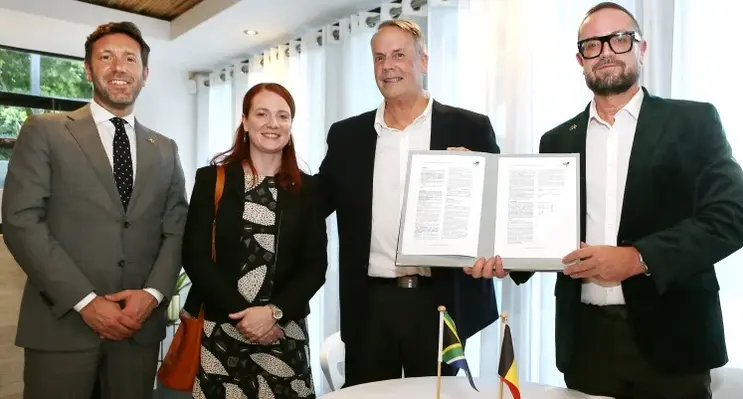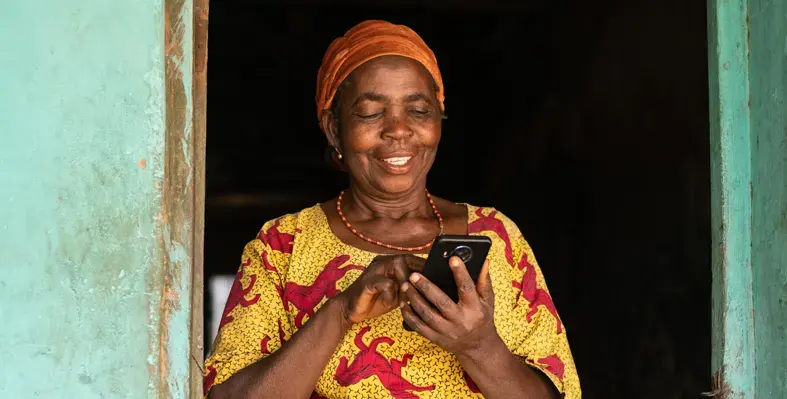2015 is the year in which Africa migrates to digital TV - will there be enough of a provable ROI for advertisers?
While the continent prepares for the dawn of a new age that will offer more channels, better sound, picture and additional services, SES, one of the world’s largest provider of satellite operations solutions, believes that the future viability of free-to-air broadcasters will be dependent on attracting and justifying channel ad-spend through an accurate measurement of the soon to be fragmented African audience.
“Free-to-air broadcasters, who are usually State or private broadcasters, rely heavily on advertising to generate revenues, with advertisers placing ads on condition that they can prove a return on investment. Without proper channel information in the market advertisers are less likely to risk unjustifiable spending - it just does not make business sense,” warns Christoph Limmer, Senior Director, Marketing and Market Development in Africa. “African countries said to be on the cusp of the migration have touted the range of new opportunities that digitalisation offers but in order to, in real terms, drive the long term success of ‘going digital’ it is imperative that the African media and communications sector invests in proper media measurement,” adds Limmer.
Benefits of digital TV
For a continent that, in the next 10 years, requires almost $63bn in infrastructure development, the challenge of exploiting the benefits of digital TV remains great. Unlike Europe where 70 per cent of all TV homes receive digital TV, TV penetration in itself remains relatively low in Africa. Most countries in the region have two broadcasters, i.e. a State broadcaster and a private broadcaster, which has resulted in a broadcasting playing field that, for the most part, is a small one.
Another major factor in African countries having poor media data resources is the lack of reliable census information. Many African countries fail to conduct regular national census which is used as the basis for various media-related figures, such as the number of homes within a country that have TVs.
Although Limmer acknowledges these challenges, he is quick to point out that reliable mAedia measurement is not an issue that can be up for debate as 2015 looms ahead. “Digital migration will happen and countries have to prepare for the future reality of digital TV,” comments Limmer.
“Knowing that digital migration poses specific challenges for African countries, our satellites are being used to support the migration process across the region. We have also facilitated the initiation of country-specific Joint Industry Committees (JICs) across the region to encourage the development of a coherent, coordinated approach to media measurement,” says Limmer.
Viable solutions
Limmer believes that such industry discussions are essential in accelerating the implementation of viable solutions in preparation for digital TV. “In Ghana, for instance, the formation of their National Digital Broadcasting Migration Technical Committee (NDBMTC) has resulted in open discussions around obtaining consistent funding necessary for research,” comments Limmer. Added to this, the formation of NDBMTC has seen a pilot project currently underway in the country as well as a commitment on a national level to complete digitalising all regional capitals and their environs by 2012.
Well-managed, effective JICs across Africa could also spur the development of regional industry working groups allowing multinational organisations to successfully and easily advertise in multiple African countries, although presently this remains an undefined future goal. Regional advertising campaigns in Africa are today still comparatively difficult to undertake since markets are not only diverse but lack a consolidated approach to media measurement that produces research - both reliable and accurate.
African markets have different levels of industry sophistication and contend with a number of country specific circumstances, such as a variety of media owners as well as entrenched methodologies. As it stands, therefore, it is better to have research/media measurement conducted country-by-country rather than regional working groups comprising of industry players from different countries.
Satellite monitors
In June 2011, SES introduced Satellite Monitors for Cameroon, Ghana and Nigeria. The SES Monitors, which form part of its market research analyses, measured the development of those key markets and collected data from current satellite users in those countries. It was found that, in comparing results with other research studies, significant differences were visible. For example, the number of TVs in homes in Nigeria varied between seven to 12mn depending on the research study. The discrepancy, which was similar to those found in Cameroon and Ghana, does beg the question of how to not only tap into latent opportunities, but also, and more importantly, how best to sustain free-to-air broadcasting in the forthcoming digital TV age where poor media data granularity and accuracy already exist.
The risk lies in underestimating the need for proper measurement in the free-to-air broadcasting arena that is almost always dependent on advertising revenue to survive. “Currently, African countries do not have basic statistics necessary to support advertising growth on existing broadcasting platforms,” says Limmer.
The secondary value of effective media measurement will be the expedition of opportunities that greater capacity affords the continent. According to Limmer, despite the enormous task ahead the digital migration in Africa affirms American entrepreneur, John Rohn when he said, “For every disciplined effort there is a multiple reward.” Having both a young population with increasing discretionary income levels, Africa has been identified by many global investors as one of the biggest growth opportunities in the world. Further to this, more and more African media entrepreneurs are investing into local media and are seen as catalysts for growth of local media content.
ICASA
In South Africa, for instance, ICASA, the regulator for the South African communications sector, proposed 21 new channels following the country’s move to digital TV. Industry forecasts also predict that there will be more than 10mn additional homes watching digital content in 2013, driven by both digital satellite and terrestrial reception. “In a continent of varied cultures, languages and development, the move to digital for most African countries is largely in the planning, preparation or testing phase. But, with more broadcasting spectrum to be made available more services, such as interactivity, portability and mobility, will be in the pipeline. The opportunity for marketers is that they can target niche markets resulting in the development of the media and communications sector throughout the continent,” concludes Limmer.
If digital television is to be sustainable in Africa discussions around media measurement on a country-by-country level is needed. The proper and consistent measurement of major platforms will ultimately be the glue that binds present reality with future viability and success post-digital migration.























